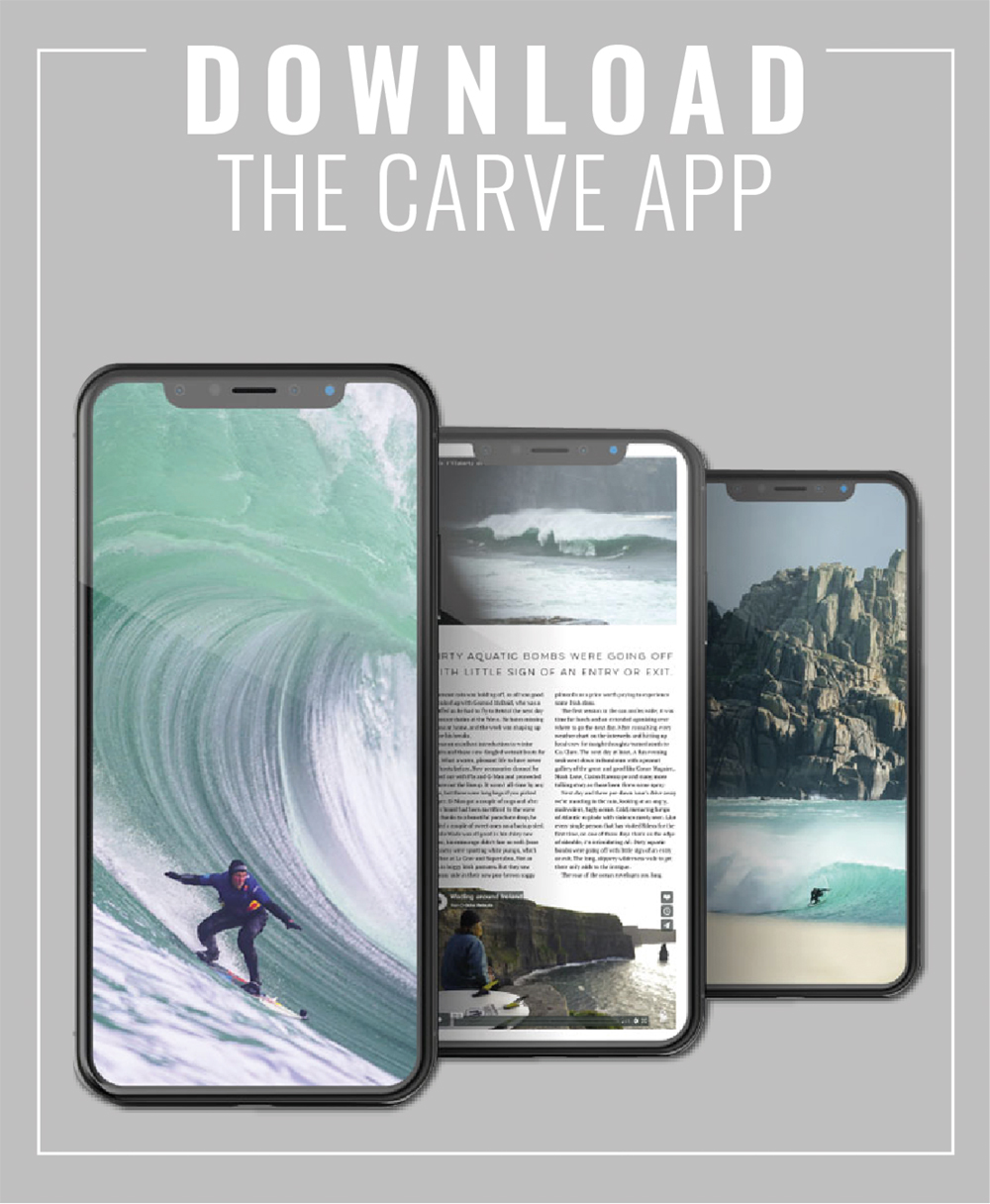How a young man in Victoria invented an industry giant… in his garage.


How a young man in Victoria invented an industry giant… in his garage.
Pretty hard to believe but Quiksilver started out in a garage. Just one of those amazing stories of surfers using creativity to make surfing easier and of course to put off getting a real job and allow them to chase more waves.
It all started in 1968 in a small garage in Torquay, Australia when Alan Green started making wetsuits with Rip Curl and moved on to sheepskin boots for surfers in the cold surrounding waters. He had a $2500 loan from his dad and soon after he began experimenting with designs to create the perfect boardshort – a decent short to surf in — built and designed for surfing. Up until then, surfers had to make do with bulky, heavyweight trunks that led to rashes and limited their performance in the water.
“When we started designing the first Quiksilver boardshorts, we just wanted to make them better than the others. I suppose you could say that was our first mission statement, except that we didn’t know what a mission statement was!”

“We” was me and two mates, Carol McDonald from Ocean Grove and Tim Davis from Torquay. It was the start of the last summer of the 1960s; the hippie movement was all over the mainstream news and, in our little world, the summer psyche was all-pervasive. Surfboard design was progressing in leaps and bounds, making them more manoeuvrable and manageable. Jet travel was almost affordable and you could even run a car, as long as your mates waxed the petrol (or, as in my case, your Nanna gave you wheels for your 21ST!).
“Indo was being whispered around, and the best surfers were starting to travel, chasing the seasons. There was a total buzz about surfing, and for me it was quite simple: I wanted to build my life around it. So we made boardshorts.”
Alan’s wife Barbara was reading a novel when she came across the word ‘quicksilver’ describing something as; elusive, liquid, mercurial, changing readily – and she thought that sounded similar to what Alan was trying to do with the company. John drew the cresting wave and snow capped mountain inspired by a famous Japanese woodcut depicting a tsunami wave and Mt Fuji. Quiksilver was born.
In 1973 after tinkering with wetsuit components, velcro strips and metal snaps the world’s first technical, purpose built boardshort was created.

“We sometimes get credited with designing the first “technical” boardshort, but the truth is, we used snaps and Velcro instead of flies because I’d bought a supply of them when I started making Rip Curl wetsuits. (And, although Carol was a bloody good seamstress, maybe she didn’t know how to do flies!)
“The yoke waist, which was higher at the back than the front, was the other difference; they hugged your back and still hung low on your hips. They were distinctive, functional, comfortable boardshorts, and two-toned yokes made them different from the rest. Surfers seemed to like them.”
“Our first customer in the world was the Klemm-Bell surf shop in Gardenvale, Melbourne, and a few months later, their branch in Torquay. Reg Bell was a good mate of mine, and after rejecting my offer of a partnership in the wetsuit company that became Rip Curl, he felt like he owed me one. Anyway, they sold like stink, and soon I was driving up and down the coast, supplying every surf shop I could find in between surf sessions. It wasn’t a bad life. You made the shorts, you went out and sold them, then you started again. It was a lot easier than it is now!”

Green went into business with John Law, another local surfer and by 1975 Quiksilver products were being sold all over Australia. In 1976 Jeff Hakman won Bells and looking for a way to fund his surfing lifestyle negotiated an agreement to sell Quik in the States along with Bob McKnight. In 1983 the brand was distributed in Japan, 1984 Europe, SA and Asia. A listing on the stock market in the US followed. In 1988 the brand made history by signing Tom Carroll, the first surfer on a million dollar contract. By 1995 Quiksilver was turning over $174 million. By 2004 it was a billion dollar company. So 30 years from garage to mega brand.
Along the way the company funded The Quiksilver Crossing – the voyage of the Indies Trader, Young Guns films, sponsored The Quiksilver Eddie, the Quiksilver Masters, Men who ride mountains… Danny Kwock, Tom Carroll (above), Lisa Anderson, Kelly Slater (below), Steph Gilmore and supported a huge global team chasing their dreams through the ’80s, 90s and 00s.

In 2006 Green said, “Quiksilver has given me a great life so far. The thing about this company is that it’s never been about one person, not in the beginning, not now. None of us ever believed that the brand should be guided by individual, stand-alone intelligence. Quiksilver has evolved through interaction of a group of five or six people who think globally and act locally and rule the brand through rough consensus. And I mean “rough,” because if you agree with everything that’s going on everywhere, then you’re not contributing much.”
Despite all this Green and Law remained underground to the point where they almost canned their book “The Mountain and The Wave, The Quiksilver Story.” because “We didn’t think it was such a cool move to write a book about ourselves and then promote it at the time.”
At the time of writing Green was apparently still loving life to the fullest and was on a boat surfing somewhere tropical with his friends. Not bad for 71!

Photos: Courtesy Quiksliver




